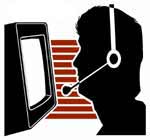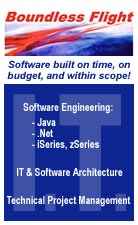Are you familiar with PEP and Pease? Though they sound like a pop duo, the terms refer to tax rules known as phase-outs that can impact how much federal income tax you owe. Phase-outs are reductions in the amount of deductions, credits, and other breaks you can claim on your tax return. Though generally based on adjusted gross income, phase-outs vary in rate, amount, and how they're calculated.
Here's an overview of PEP and Pease. - Personal exemption phase-out (PEP). If you're married filing jointly for 2009 and your income exceeds $250,200, the PEP will reduce the amount you claim for yourself, your spouse, and your dependents.
The personal exemption for 2009 is $3,650. But when PEP applies and your income increases, your deduction is reduced accordingly.
This phase-out is itself being phased out under current law and will not apply in 2010.
- Itemized deduction phase-out. You probably already know some itemized deductions are limited. For instance, to claim a deduction for medical expenses, your out-of-pocket costs for the year have to exceed 7.5% of adjusted gross income (AGI).
Miscellaneous itemized deductions, such as unreimbursed employee business expenses, are limited to amounts over 2% of AGI. - There's also an additional phase-out called the Pease provision that limits the amount of total itemized deductions - after the above reductions. For 2009, Pease kicks in when your income exceeds $166,800 ($83,400 if you're married filing separately).
Pease is scheduled to expire in 2010.
Other phase-outs limit the amount and deductibility of IRA contributions; the education, adoption, and childcare credits; the Section 179 expensing election; and the alternative minimum tax exemption. Please call for a review of how phase-outs affect you and what you might be able to do to avoid them.
Contact Jim Komos of Ciuni & Panichi at 216.831.7171 or jkomos@cp-advisors.com if you would like additional information on taxes and your business.
Top of Page
Back to Great Lakes Geek Columnists
| 

